-
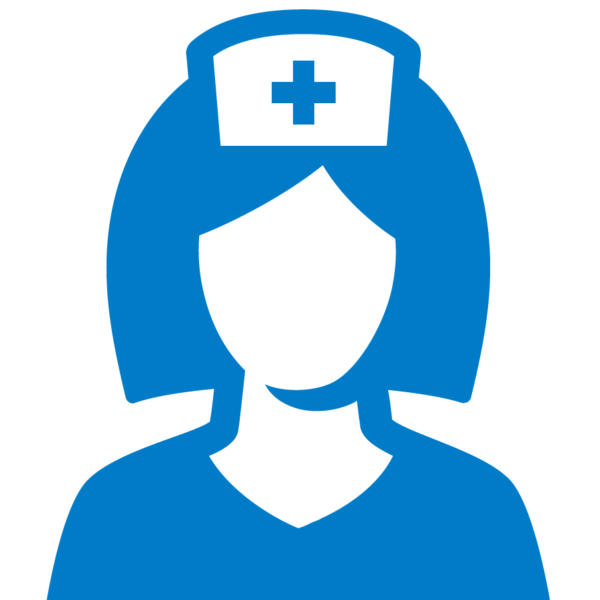 Lantz, Bonnie Profaizer
Lantz, Bonnie Profaizer -
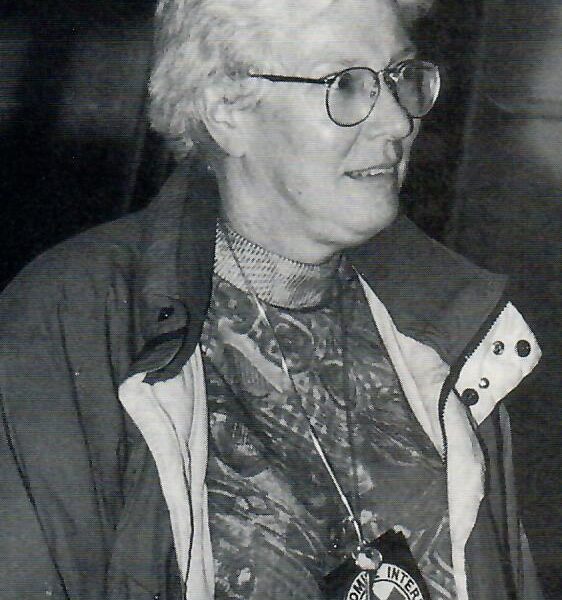 Malloy, Nancy (1945-1996)
Malloy, Nancy (1945-1996) -
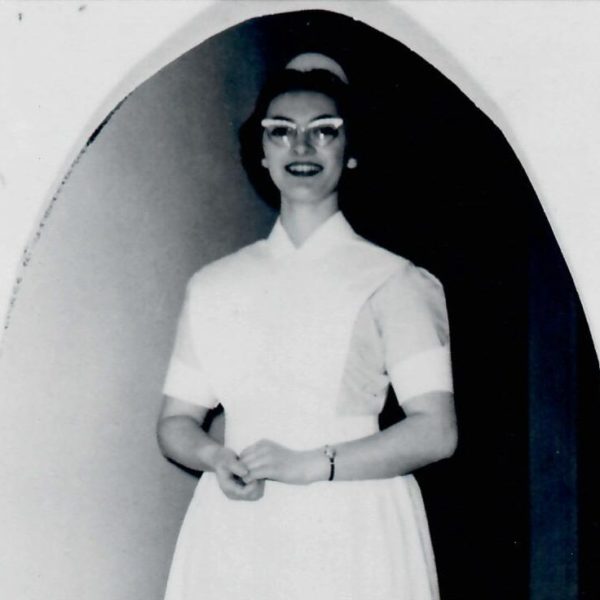 Elizabeth Meuser (1938-2007)
Elizabeth Meuser (1938-2007) -
 Shirley McAllister (1924-2012)
Shirley McAllister (1924-2012) -
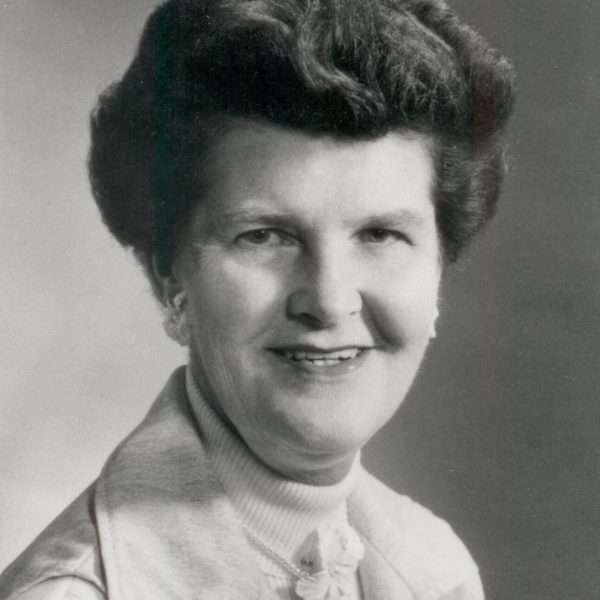 Elizabeth McCann (1917-1986)
Elizabeth McCann (1917-1986) -
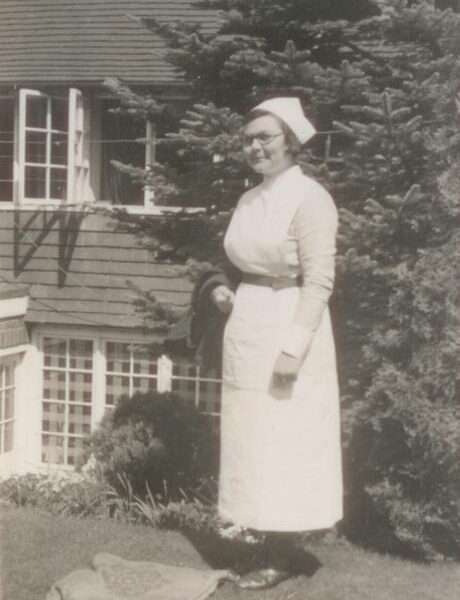 Calvina MacDonald (1916-2004)
Calvina MacDonald (1916-2004) -
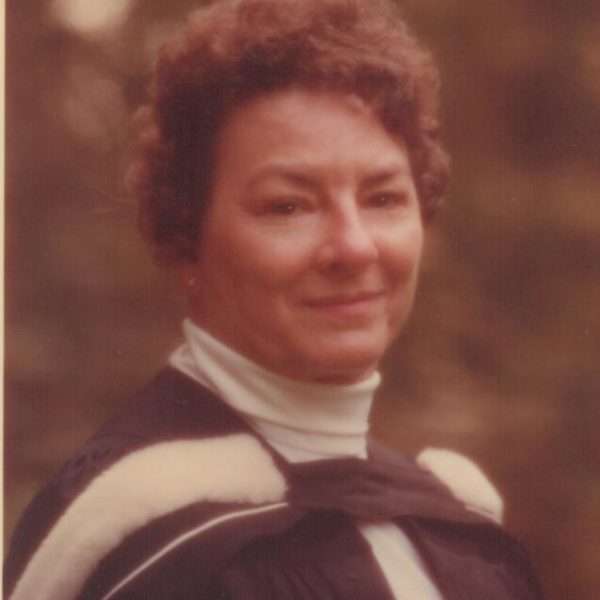 Shirley J. McIntyre (1927-
Shirley J. McIntyre (1927- -
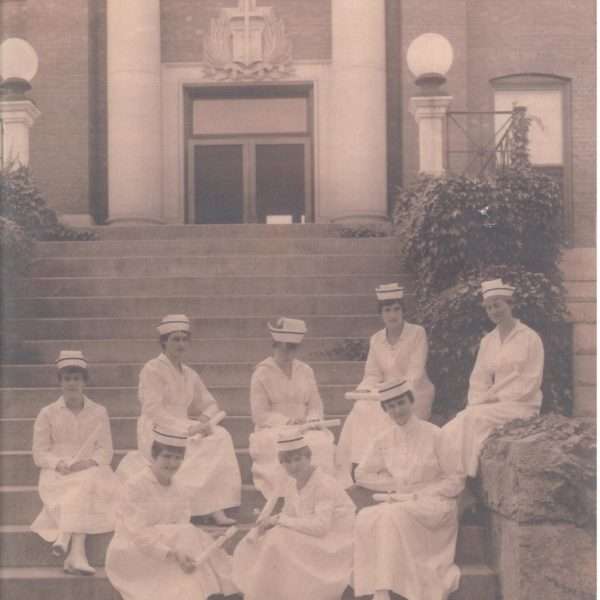 Isabel McDonald (1891 – 1970)
Isabel McDonald (1891 – 1970) -
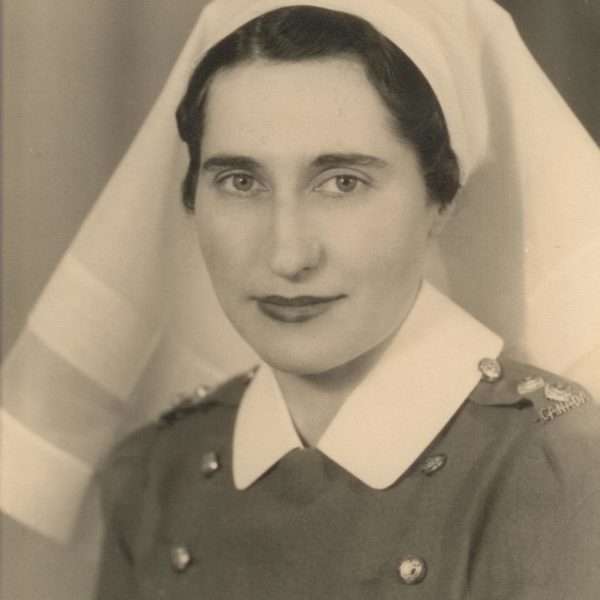 McIlraith (nee Littlejohn), Ruth Echo (1913-2001)
McIlraith (nee Littlejohn), Ruth Echo (1913-2001) -
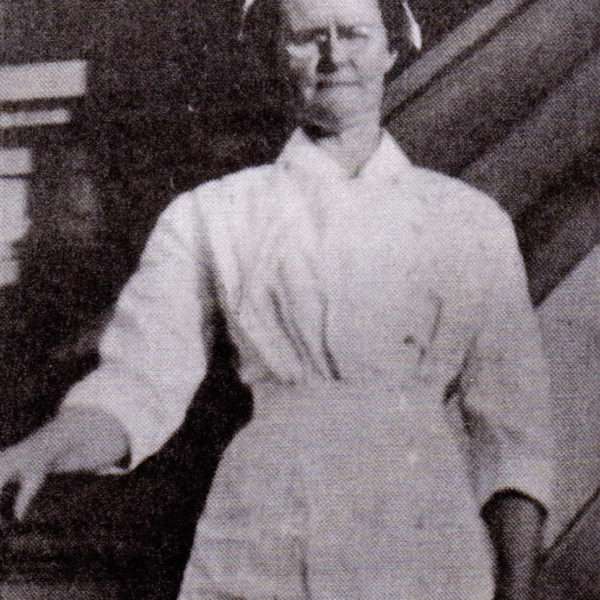 Jesse MacKenzie 1880-1963)
Jesse MacKenzie 1880-1963) -
 Mary MacKenzie ca.1870-1948)
Mary MacKenzie ca.1870-1948) -
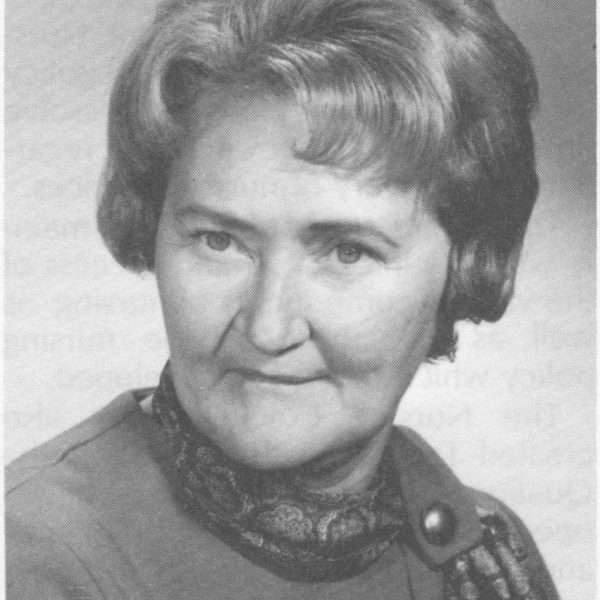 Margaret MacLean (1919-2001)
Margaret MacLean (1919-2001) -
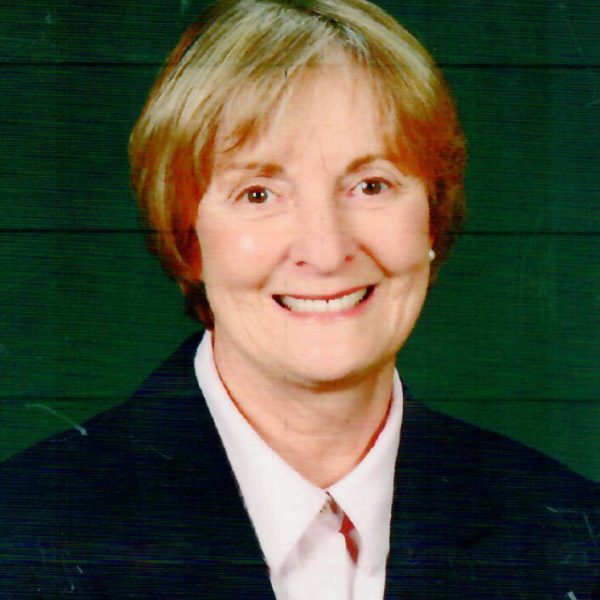 Sally Anne MacLean (1937-
Sally Anne MacLean (1937- -
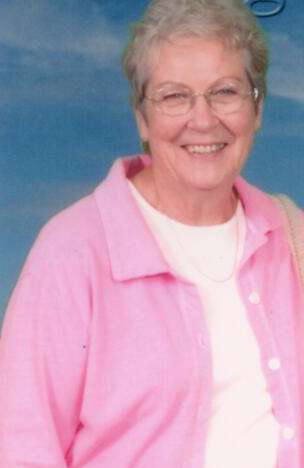 Marlyn McLean (1933-
Marlyn McLean (1933- -
 Juanita McLennan (1931-2008)
Juanita McLennan (1931-2008) -
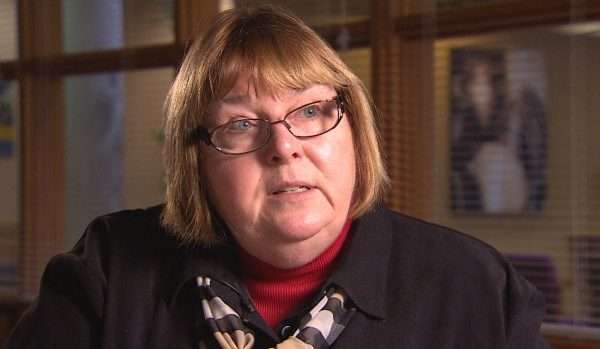 Debra McPherson
Debra McPherson -
 Laura McPherson (1912-
Laura McPherson (1912- -
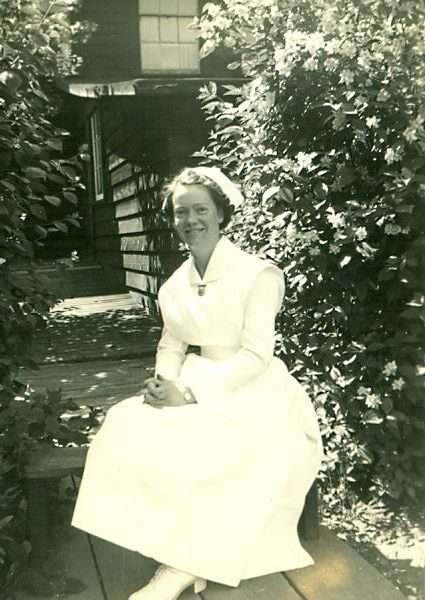 Frances McQuarrie (1914-1995)
Frances McQuarrie (1914-1995) -
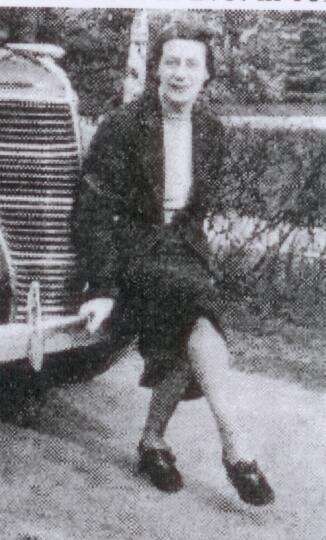 Isabel McVicar (1896-
Isabel McVicar (1896- -
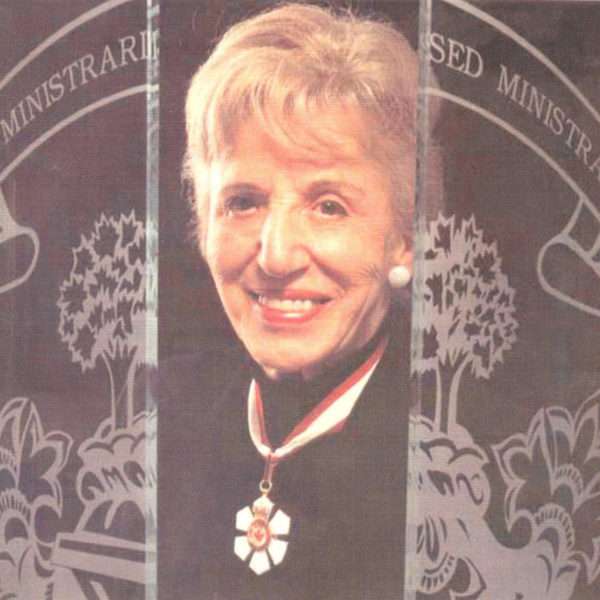 Helen Mussallem (1914-2012)
Helen Mussallem (1914-2012) -
 Kathleen Murphy (1944-
Kathleen Murphy (1944- -
 Rose Murakami 1937-
Rose Murakami 1937- -
 Ruth Morrison (1900-1978)
Ruth Morrison (1900-1978) -
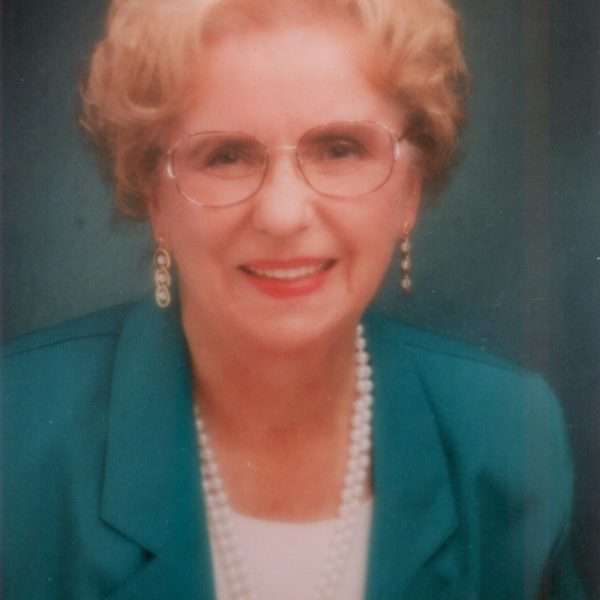 Kari Moore (1926-
Kari Moore (1926- -
 Marie Montgomery 1922-2003)
Marie Montgomery 1922-2003) -
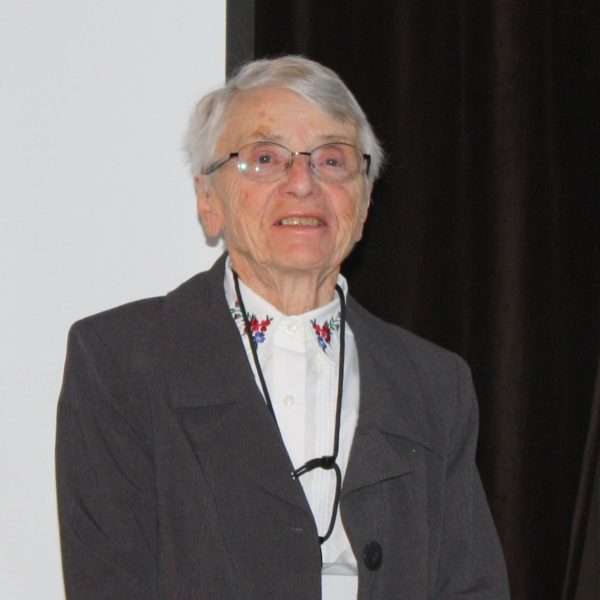 Naomi Miller (1927-
Naomi Miller (1927- -
 Jessie Middleton (1916-2019)
Jessie Middleton (1916-2019) -
 Katharyn May
Katharyn May -
 Kathy Matusiak (1954-
Kathy Matusiak (1954- -
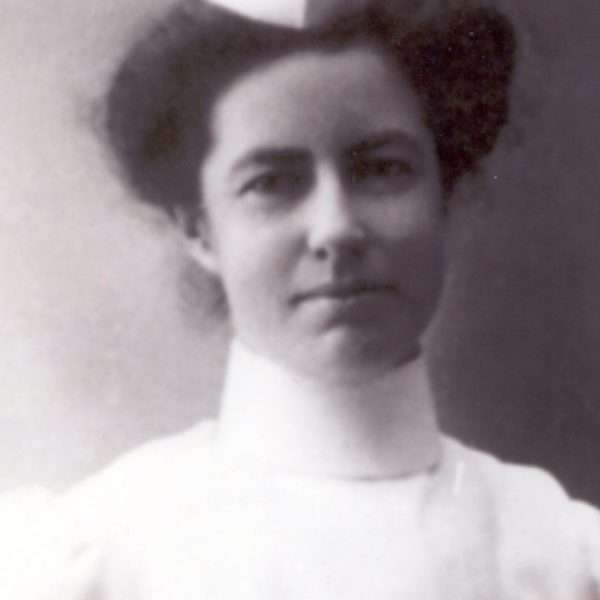 Jean Matheson (1874-1938)
Jean Matheson (1874-1938) -
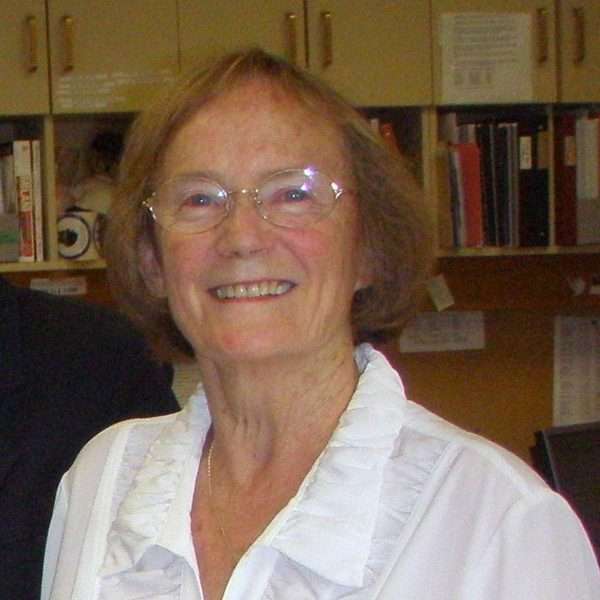 Nan Martin (1937-
Nan Martin (1937- -
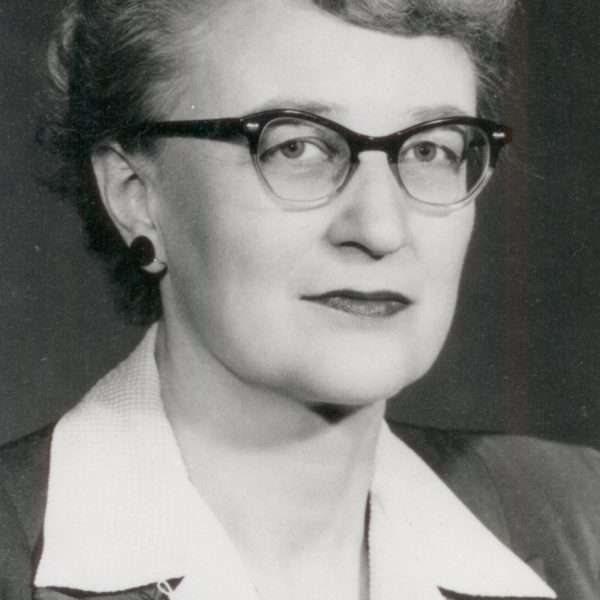 Evelyn Mallory (1902-1993)
Evelyn Mallory (1902-1993) -
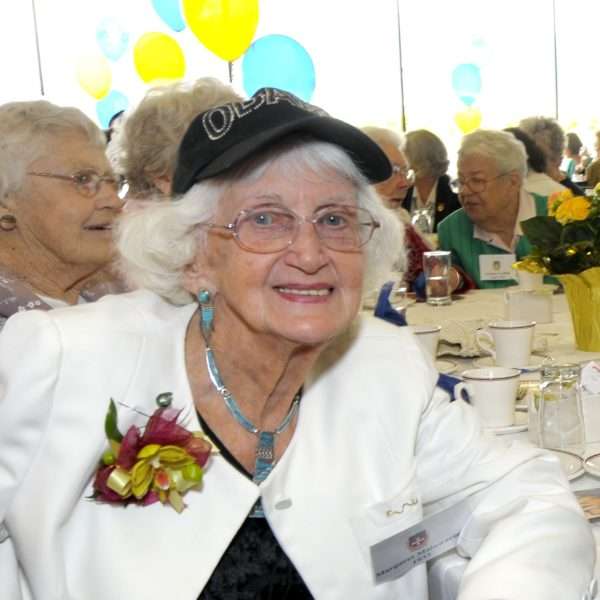 Margaret Mainwaring (1911-2018)
Margaret Mainwaring (1911-2018) -
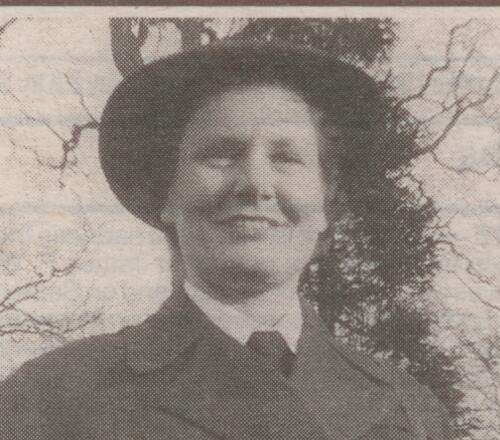 Lillian Lum (1915-2007)
Lillian Lum (1915-2007) -
 Marjorie Low (1905 – 1994)
Marjorie Low (1905 – 1994) -
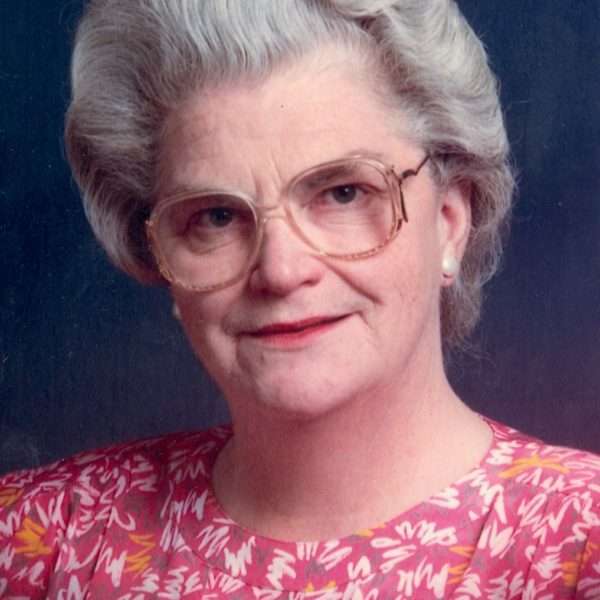 Dorothy Logan (1926-1995)
Dorothy Logan (1926-1995) -
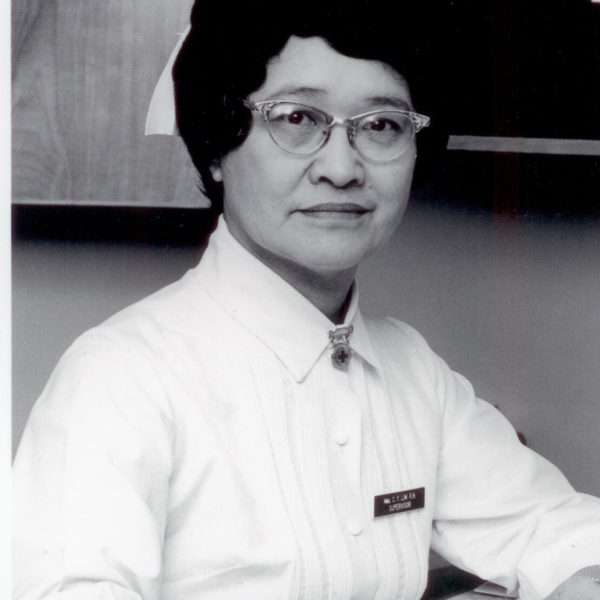 Clara Lim (1916-2001)
Clara Lim (1916-2001) -
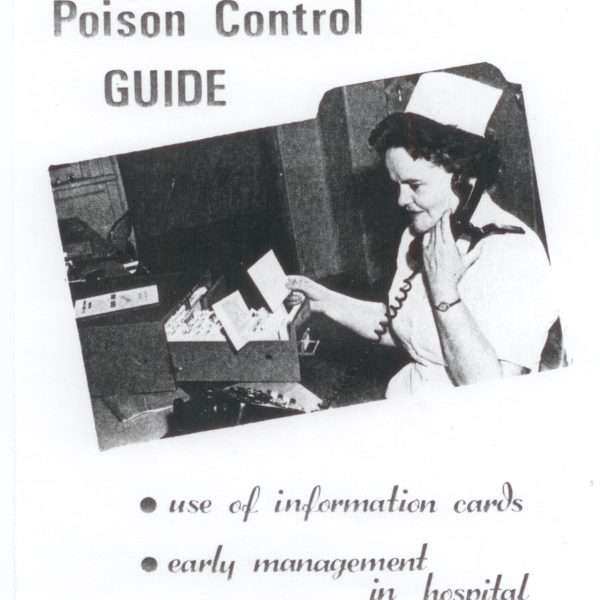 Mary Lewis (1928-
Mary Lewis (1928- -
 Chris Lemphers (1948-
Chris Lemphers (1948- -
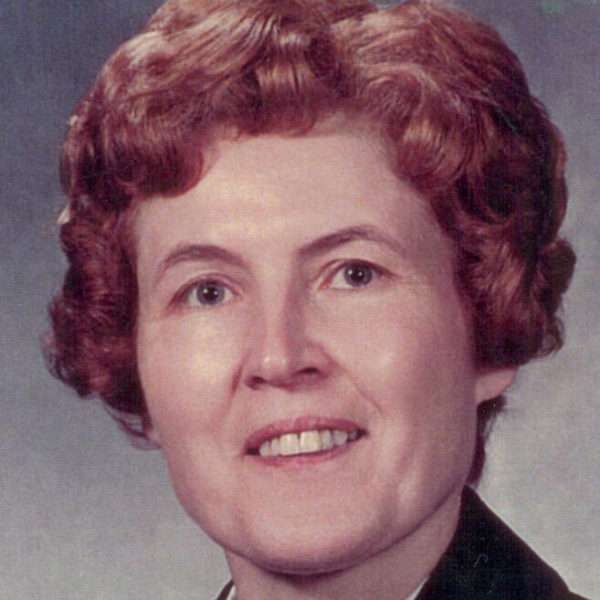 Edith Lees (1922-2004)
Edith Lees (1922-2004) -
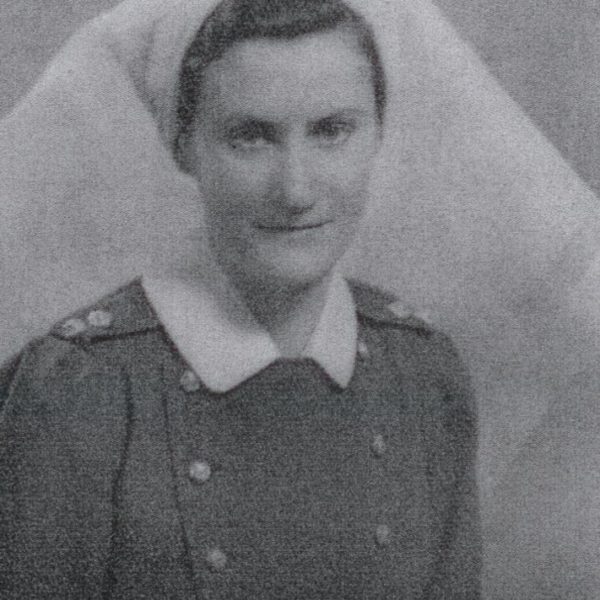 Nancy Lee (1910-2012)
Nancy Lee (1910-2012) -
 Eleanor Lawson (1923-2012)
Eleanor Lawson (1923-2012) -
 Jessie Law (1918-1992)
Jessie Law (1918-1992) -
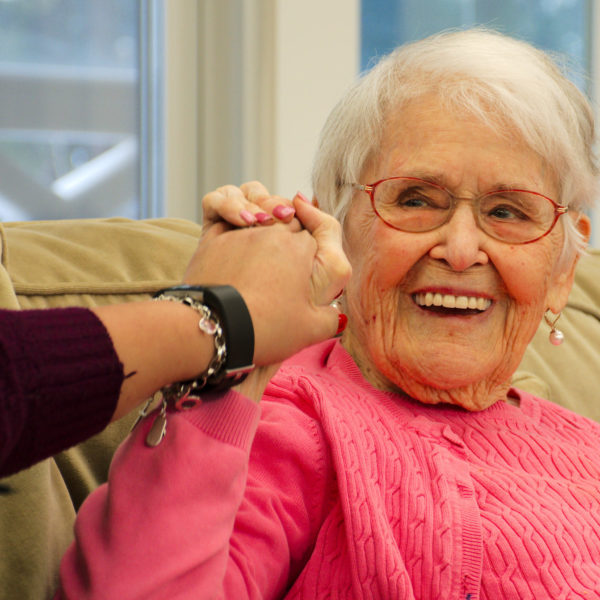 Hilda Lavoie (1924- 2017)
Hilda Lavoie (1924- 2017) -
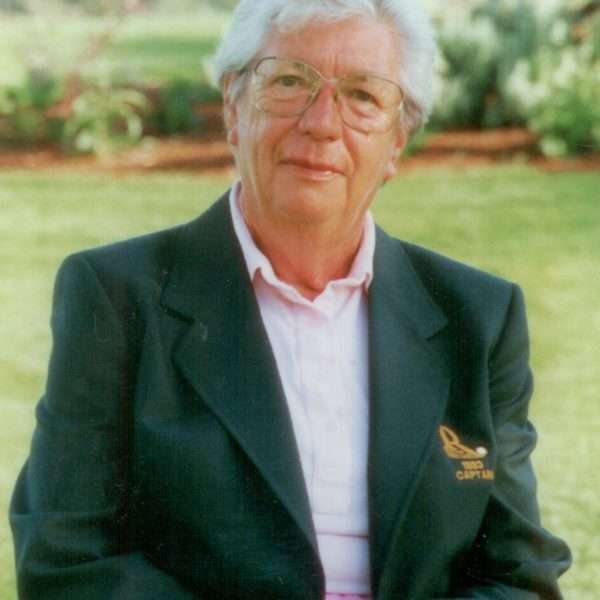 Virginia Lapointe (1932-1997)
Virginia Lapointe (1932-1997) -
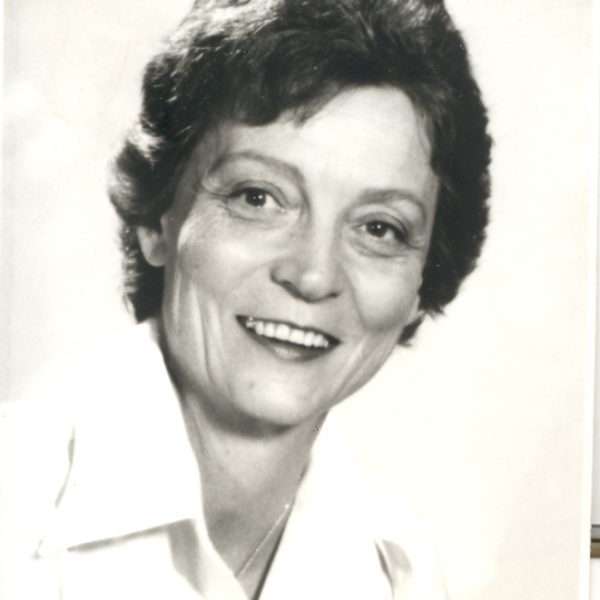 Joan Lansdell (1934-
Joan Lansdell (1934- -
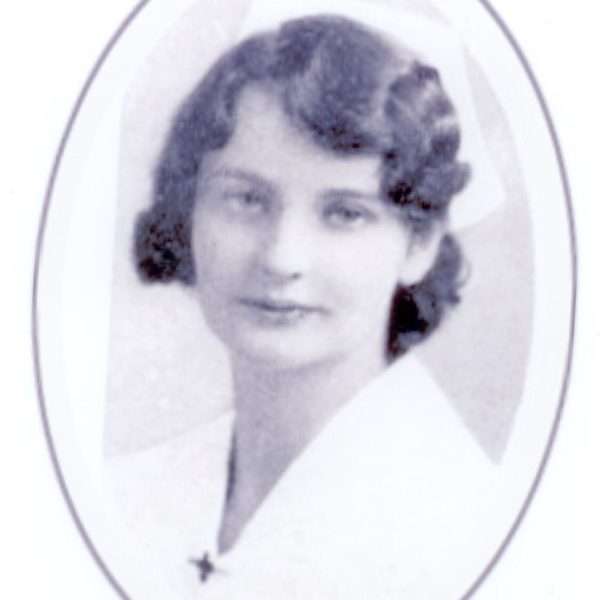 Geraldine Langton (ca.1910-1995)
Geraldine Langton (ca.1910-1995) -
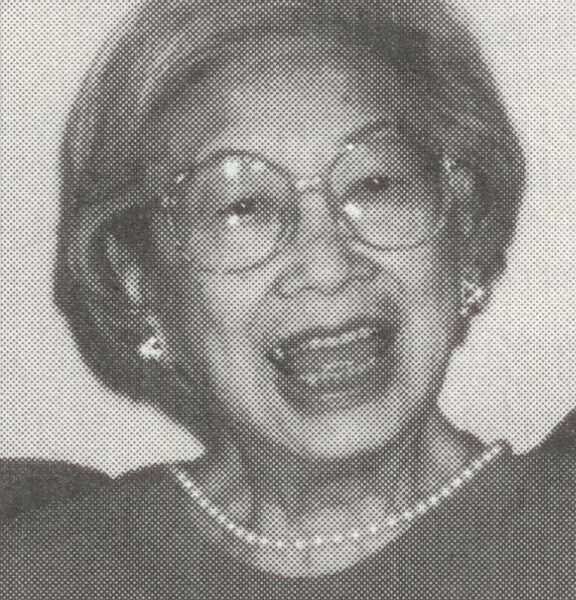 Anna Lam (1906-1996)
Anna Lam (1906-1996) -
 Marjorie Laisnes
Marjorie Laisnes -
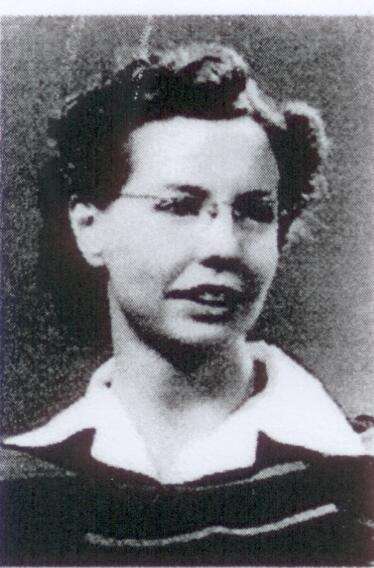 Dorothy Ladner (1918-1996)
Dorothy Ladner (1918-1996) -
 Katherine MacDonald (1928-
Katherine MacDonald (1928-
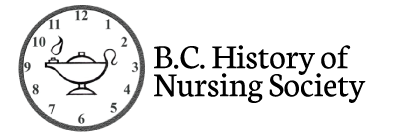
 Nancy completed her nursing studies at the Kingston’s School of Nursing in 1968 and her BSc at Queens in 1969. She taught in Montreal for several years before moving to Vancouver in 1979. Here she joined the BC branch of the Red Cross and completed her MBA.
Nancy completed her nursing studies at the Kingston’s School of Nursing in 1968 and her BSc at Queens in 1969. She taught in Montreal for several years before moving to Vancouver in 1979. Here she joined the BC branch of the Red Cross and completed her MBA.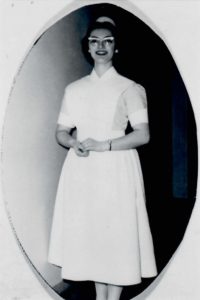
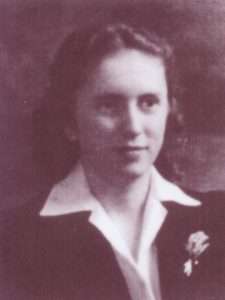
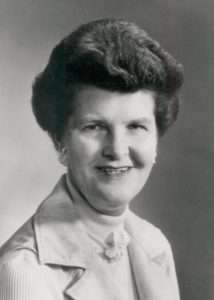
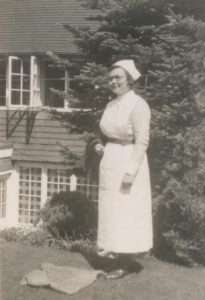
 McIntyre (nee Taylor), Shirley J. (1927-
McIntyre (nee Taylor), Shirley J. (1927-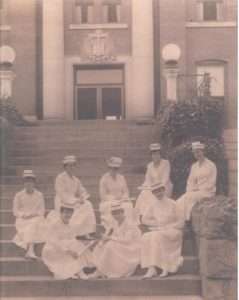 McDonald, Isabel Mary (1891-1970)
McDonald, Isabel Mary (1891-1970) McIlraith (nee Littlejohn), Ruth Echo (1913-2001)
McIlraith (nee Littlejohn), Ruth Echo (1913-2001)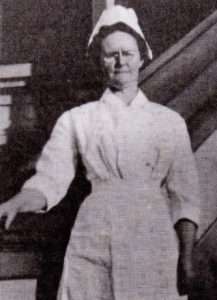
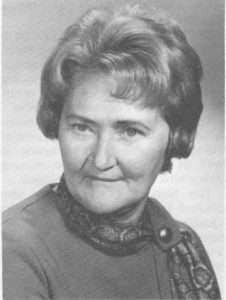 MacLean, Margaret A. “Marnie” (1919-2001)
MacLean, Margaret A. “Marnie” (1919-2001)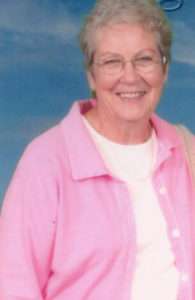
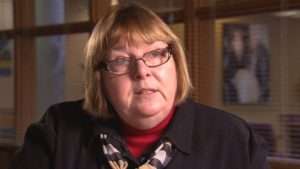
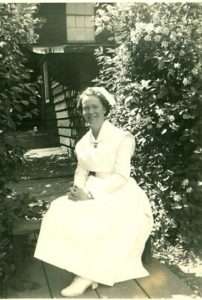 McQuarrie, Frances Ulva (1914-1995)
McQuarrie, Frances Ulva (1914-1995)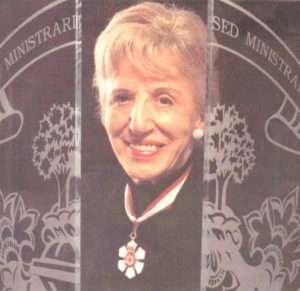 See Oral History files, Fonds 18, Series 3, Subseries 8
See Oral History files, Fonds 18, Series 3, Subseries 8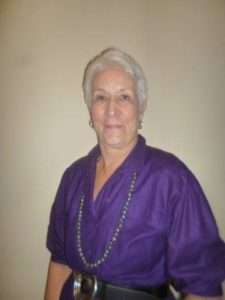 See also oral history files fonds 18, Series 3, Subseries 8, CD0H29
See also oral history files fonds 18, Series 3, Subseries 8, CD0H29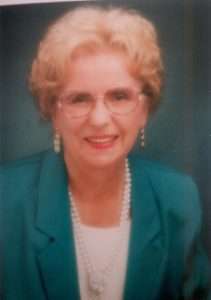 Kari Moore grew up on a farm southwest of Edmonton. She took her nursing training at the University of Alberta Hospital, and years later, in 1981, received her BA from SFU. She worked at a number of different hospitals, mostly in British Columbia, with time out to raise a family. She states that she especially enjoyed work in the OR.
Kari Moore grew up on a farm southwest of Edmonton. She took her nursing training at the University of Alberta Hospital, and years later, in 1981, received her BA from SFU. She worked at a number of different hospitals, mostly in British Columbia, with time out to raise a family. She states that she especially enjoyed work in the OR. Naomi Allsebrook grew up in the West Kootenays and completed nursing at VGH (1950) and her BScN at UBC (1951). From 1951 to 1953 she was Head Nurse at the TB Willow Chest Centre. After her marriage she moved frequently, and did little nursing. She worked extensively with Girl Guides, and became increasingly involved with East Kootenay local history. From 1968 to 1974 she worked to build and organize the Golden Museum, becoming curator there from 1974 to 1983.
Naomi Allsebrook grew up in the West Kootenays and completed nursing at VGH (1950) and her BScN at UBC (1951). From 1951 to 1953 she was Head Nurse at the TB Willow Chest Centre. After her marriage she moved frequently, and did little nursing. She worked extensively with Girl Guides, and became increasingly involved with East Kootenay local history. From 1968 to 1974 she worked to build and organize the Golden Museum, becoming curator there from 1974 to 1983.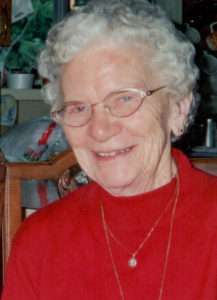 After her training at the Royal Columbian Hospital in New Westminster, Jessie Lee joined the Royal Canadian Army Medical Corps and nursed in England. She regarded this work as “the greatest privilege for me”. “The friendships formed a camaraderie over the years [that] has enriched my life greatly”.
After her training at the Royal Columbian Hospital in New Westminster, Jessie Lee joined the Royal Canadian Army Medical Corps and nursed in England. She regarded this work as “the greatest privilege for me”. “The friendships formed a camaraderie over the years [that] has enriched my life greatly”.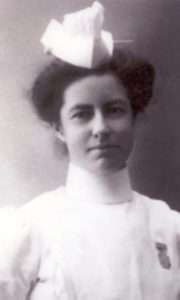 Jean Matheson epitomizes the dedicated career nurse of the early twentieth century, especially with her work caring for tuberculosis patients. She graduated from Winnipeg General Hospital in 1899. From 1901 to 1906 she was Matron of the Royal Inland Hospital in Kamloops, and in 1907 became the first matron of the new tuberculosis Sanatorium at Tranquille, which she helped make one of the premier provincial tuberculosis hospitals in Canada.
Jean Matheson epitomizes the dedicated career nurse of the early twentieth century, especially with her work caring for tuberculosis patients. She graduated from Winnipeg General Hospital in 1899. From 1901 to 1906 she was Matron of the Royal Inland Hospital in Kamloops, and in 1907 became the first matron of the new tuberculosis Sanatorium at Tranquille, which she helped make one of the premier provincial tuberculosis hospitals in Canada.
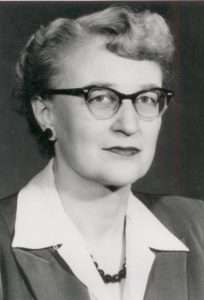 See UBC Archives
See UBC Archives Also known as “North” (last name).
Also known as “North” (last name).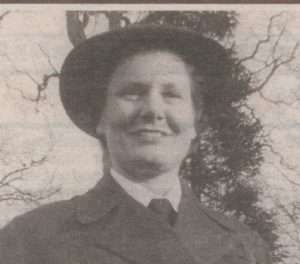 Lillian Lum graduated from VGH in 1939 and ran the Venereal Disease Clinic at the Royal Jubilee Hospital in Victoria from 1941 to 1965. She took Public Health Nursing at UBC in 1966 and went on to work at the Saanich Health Department until her retirement in 1980. She was active in the Girl Guide and Boy Scout movements and in many sports. She also travelled extensively, both locally and internationally.
Lillian Lum graduated from VGH in 1939 and ran the Venereal Disease Clinic at the Royal Jubilee Hospital in Victoria from 1941 to 1965. She took Public Health Nursing at UBC in 1966 and went on to work at the Saanich Health Department until her retirement in 1980. She was active in the Girl Guide and Boy Scout movements and in many sports. She also travelled extensively, both locally and internationally.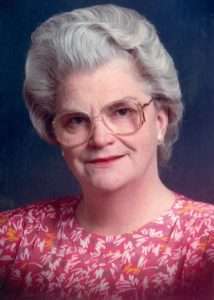 See Oral History files, Fonds 18, Series 3, Subseries 8
See Oral History files, Fonds 18, Series 3, Subseries 8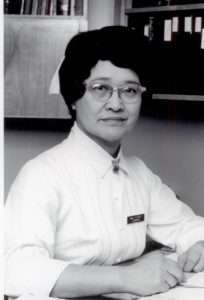 See Oral History files, Fonds 18, Series 3, Subseries 8
See Oral History files, Fonds 18, Series 3, Subseries 8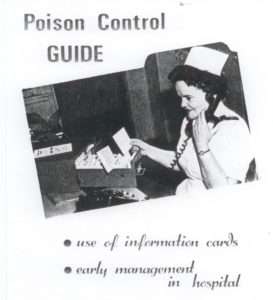 See Oral History Files, Fonds 18, Series 3, Subseries 8
See Oral History Files, Fonds 18, Series 3, Subseries 8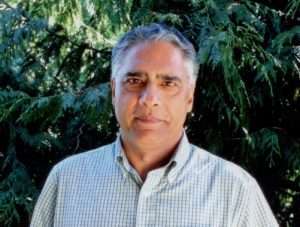 Chris received his Nursing Diploma from Vancouver City College in 1972, his Bachelor of Nursing from Dalhousie in 1979, and his Masters’ of Education from UBC in 1984. He has worked extensively with First Nations people, planning, implementing and evaluating a broad range of community health services. Much of this work has been on the West Coast, but he has also provided planning, coordination, and facilitation of formal nursing clinical education and professional development for nurses practicing in Alberta.
Chris received his Nursing Diploma from Vancouver City College in 1972, his Bachelor of Nursing from Dalhousie in 1979, and his Masters’ of Education from UBC in 1984. He has worked extensively with First Nations people, planning, implementing and evaluating a broad range of community health services. Much of this work has been on the West Coast, but he has also provided planning, coordination, and facilitation of formal nursing clinical education and professional development for nurses practicing in Alberta. See Oral History Files, Fonds 18, Series 3, Subseries 8
See Oral History Files, Fonds 18, Series 3, Subseries 8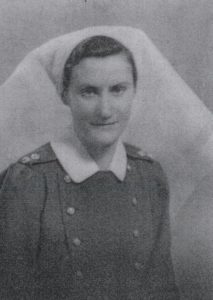 Born in England, Nancy arrived in Canada at the age of fourteen months. After graduating in nursing from VGH in 1932, she took further training in England in midwifery and pediatric care. During WW II she joined the South African Military Nursing Service, serving in both South Africa and Italy.
Born in England, Nancy arrived in Canada at the age of fourteen months. After graduating in nursing from VGH in 1932, she took further training in England in midwifery and pediatric care. During WW II she joined the South African Military Nursing Service, serving in both South Africa and Italy. Eleanor Lawson is known as a pioneer of health education in BC, graduating from the Royal Jubilee Hospital in 1946. After a number of positions, mostly in BC, she commenced work at Lions Gate Hospital in 1961, became Director of Education Services until her retirement in 1988. In 1966 she spearheaded the first centralized hospital education department in BC, and advocated the importance of learning and training.
Eleanor Lawson is known as a pioneer of health education in BC, graduating from the Royal Jubilee Hospital in 1946. After a number of positions, mostly in BC, she commenced work at Lions Gate Hospital in 1961, became Director of Education Services until her retirement in 1988. In 1966 she spearheaded the first centralized hospital education department in BC, and advocated the importance of learning and training. See Oral History files, Fonds 18, Series 3, Subseries 8
See Oral History files, Fonds 18, Series 3, Subseries 8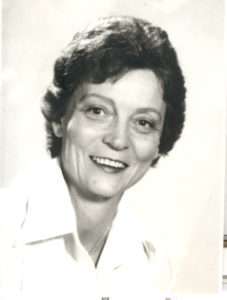 Joan graduated from VGH in 1957 and from UBC with a BSN in 1958. On completion of nursing at UBC, she commenced work at Vernon Jubilee Hospital. Her subsequent postings include the Central Vancouver Island Health Unit, Dawson Creek, Squamish, the Boundary Health Unit, South Okanagan Health Unit and Penticton. Highlights of her career include developing a new prenatal program for BC Public Health nurses, making a movie of birth and breast feeding, and giving each nurse a special area to develop as she saw the need.
Joan graduated from VGH in 1957 and from UBC with a BSN in 1958. On completion of nursing at UBC, she commenced work at Vernon Jubilee Hospital. Her subsequent postings include the Central Vancouver Island Health Unit, Dawson Creek, Squamish, the Boundary Health Unit, South Okanagan Health Unit and Penticton. Highlights of her career include developing a new prenatal program for BC Public Health nurses, making a movie of birth and breast feeding, and giving each nurse a special area to develop as she saw the need.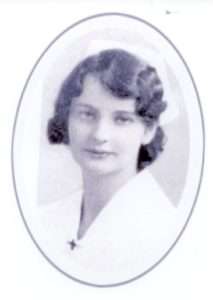 See Oral History files, Fonds 18, Series 3, Subseries 8.
See Oral History files, Fonds 18, Series 3, Subseries 8. Anna Lam was likely the first Chinese nurse registered in BC. She was the daughter of the Fong-Dickmans, leaders of the Chinese community, and a talented pianist who retained a keen interest in music throughout her life. Her application for nurse training was rejected by four area hospitals; she was finally accepted by King’s Daughters Hospital in Duncan. She graduated in 1929, but her Chinese background made finding employment difficult. In the 1930s she was a pianist for the YWCA aerobics classes, and later took up painting. She was also an enthusiastic fan of the BC Lions.
Anna Lam was likely the first Chinese nurse registered in BC. She was the daughter of the Fong-Dickmans, leaders of the Chinese community, and a talented pianist who retained a keen interest in music throughout her life. Her application for nurse training was rejected by four area hospitals; she was finally accepted by King’s Daughters Hospital in Duncan. She graduated in 1929, but her Chinese background made finding employment difficult. In the 1930s she was a pianist for the YWCA aerobics classes, and later took up painting. She was also an enthusiastic fan of the BC Lions.
 MacDonald, Katherine Ann (1928-
MacDonald, Katherine Ann (1928-